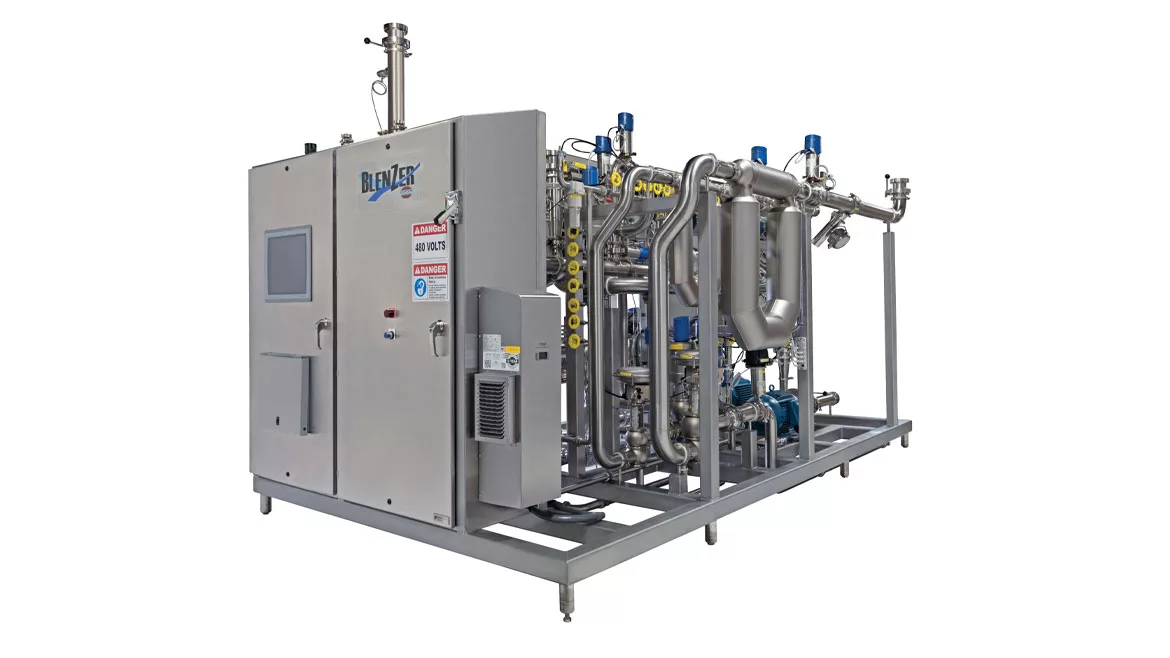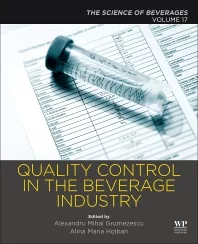Processing automation balances product quality in an evolving beverage market
Fortification, sweetener trends influence processing equipment innovations

Image courtesy of Statco-DSI
Often referred to as an art form, many consider cooking to be a creative endeavor where the cook doesn’t necessarily follow a written recipe but instead might improvise, experimenting with flavors or spices when preparing a dish. By contrast, baking is more of a science where small changes to the method and ratio of ingredients largely can impact the quality of a baked good.
Like baking, beverage formulations require preciseness, with beverage processing equipment playing a key role in the science of blending ingredients to create quality products. As such, experts note that processing automation has greatly enhanced precision, leading to increased yields and consistency, as well as increased efficiency.
“Technically, this involves the integration of advanced instruments and control systems that continuously monitor and adjust processing parameters like flow rates, pressure and temperature,” says Gregory Collier, vice president of beverage technologies of Statco-DSI, Huntington Beach, CA, a ProMach product brand. “For instance, in a continuous inline beverage blender, automation enables the precise control of ingredient ratios for blending and carbonation, leading to uniform product quality.”
Further, with changing consumer trends, such as increasing demand for functional, low-sugar or organic beverages, Collier notes that processing automation can help brands meet the evolving market.
For example, the trend toward beverage fortification places more demands from mixing and blending equipment in terms of versatility, as well as precision, Collier says.
“Equipment now needs advanced mixing technologies that can handle varying densities, solubility and particle sizes, while preventing sedimentation and nutrient degradation,” he explains. “Technically, this involves ensuring uniform dispersion of powders and liquids, which often have different physical and chemical properties compared to traditional beverage ingredients.
“For instance, our high shear mixer and powder dissolver can integrate certain vitamins or minerals effectively without impacting the final beverage’s taste or texture,” Collier continues.
Similar to fortification ingredients, Collier notes that the use of alternative sweeteners also can have different viscosities, sweetness intensities, as well as thermal stability compared to traditional sugars — significantly impacting beverage processing.
“Technical adaptations in processing equipment include enhanced mixing capabilities to ensure homogeneous sweetener distribution and advanced control systems to adjust for the varying sweetening power and blending behavior of these substitutes,” he says. “Moreover, the handling of these sweeteners often requires specialized ratio blending equipment or continuous inline blenders with real-time monitoring to maintain consistent taste profiles and product quality.”
Equipment considerations
Before investing in mixing and blending equipment, Collier suggests that beverage-makers should technically evaluate the adaptability of the equipment to different formulations and ingredient content.
“This includes considering the equipment’s capability to handle varying viscosities, densities and solubility,” he says. “The ease of cleaning (CIP/SIP systems), compliance with food safety standards and the potential for scale-up are critical.
“Moreover, the mechanical design for minimizing maintenance downtime, increasing product yields and efficiency, as well as the integration with existing process control systems are important technical considerations,” Collier continues.
Statco-DSI’s BlenZer is a continuous inline blending system optimized for the beverage industry. The automated modular system, comprised of metered ingredient streams, allows for quick product changeover and incredible blending accuracy, according to the company. BlenZer can replace almost any traditional batch processing equipment, and do so with a much smaller footprint, it says. BlenZer also eliminates the need for batch tanks or vessels, simplifies an operation and delivers repeatable accuracy, it notes.
Looking forward, Collier anticipates that future advancements in processing automation are likely to be driven by sustainability, integration of AI and machine learning for predictive maintenance, real-time quality control and process optimization.
“Advancements in sustainable processing practices, such as energy-efficient systems and waste reduction techniques, will always be at the forefront of future developments in processing automation,” Collier says. “Technological innovations might include more sophisticated instrument technology for better monitoring of processing parameters and the development of modular equipment designs for increased flexibility.”
As the beverage industry continues to evolve, it appears that embracing advanced processing technologies will not only help ensure product quality and compliance, but also align with broader consumer and environmental trends.
Looking for a reprint of this article?
From high-res PDFs to custom plaques, order your copy today!







